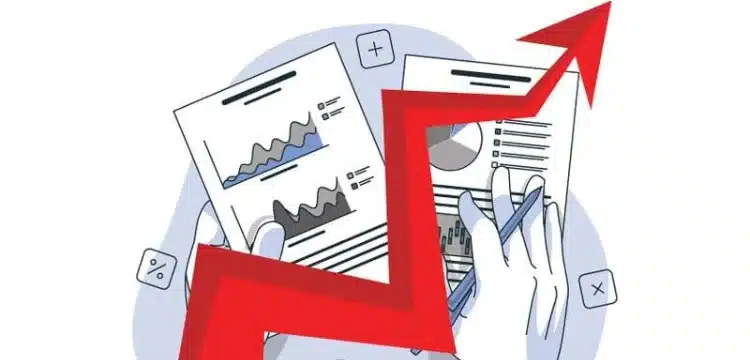[vc_row][vc_column][vc_column_text dp_text_size=”size-4″]Despite significant increases in electricity prices and ongoing power sector reforms, Pakistan’s circular debt is predicted to rise by approximately Rs545 billion by the upcoming March, as reported. This projection illustrates a deviation from initial estimates and highlights the challenges associated with addressing inefficiencies in the power sector.
Efforts to address the circular debt issue involve foreign loans linked to power sector reforms, including a potential $600 million loan from the World Bank for reforms in the current fiscal year and the focus of the International Monetary Fund (IMF) under a $3 billion standby arrangement. However, the sector’s financial health has not improved significantly, even with elevated electricity prices and attempts to enhance efficiency.
While discussions have taken place regarding subsidies and tariff increases, there appears to be limited focus on substantial reforms in the power sector. The Ministry of Finance and the Ministry of Energy reviewed the financial status of the sector, and while there were mentions of subsidies and tariff adjustments, true reforms weren’t prominently discussed.
Also Read: IMF deal is not a “long-term” solution: Planning Minister.
Projections indicate that circular debt could rise by Rs545 billion by March 2024, a substantial increase from previous estimates. Despite commitments to reduce debt flow, these new projections aren’t aligned with indicative targets provided in an IMF report.
The government intends to maintain an unchanged total increase in circular debt at Rs392 billion by June 2024, a figure that will be closely examined by the IMF during its first review of the program later in November.
Despite significant increases in electricity prices in the current fiscal year, the circular debt is still projected to increase, raising concerns about the effectiveness of the reforms undertaken thus far. The complexities of managing circular debt involve striking a balance between reducing inefficiencies, maintaining affordable access to electricity, and fulfilling commitments to international lenders.
Efforts to reduce losses within power distribution companies have been challenged by set targets that may add to circular debt if not met. While tariff adjustments and subsidies play a role in managing debt, addressing the core issues within the power sector remains a critical challenge for Pakistan’s economic stability.[/vc_column_text][/vc_column][/vc_row]











